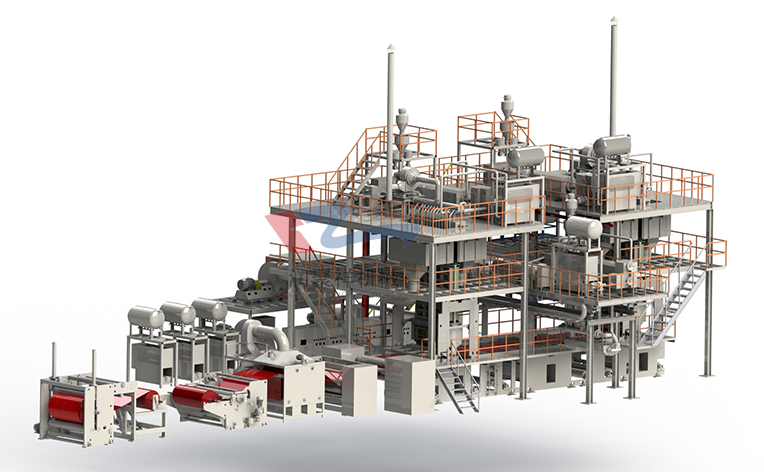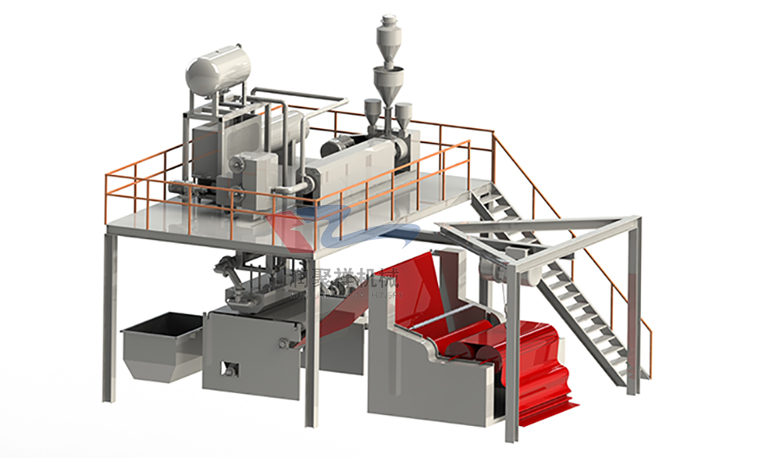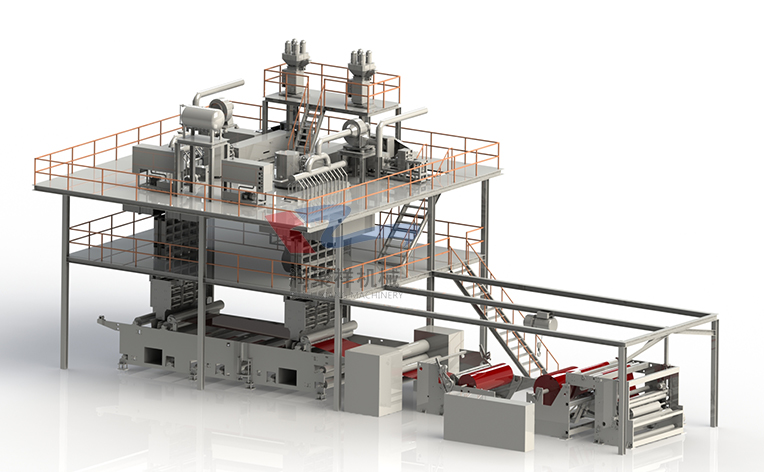

- Contact:Ms. Zhang
- Cel:0086-18053229518
- Mail:info@qdrunjuxiang.com
- Add:Chengma Road, Qijialing Village, Tongji New District, Jimo City, Qingdao
[]
Release date:[6:38:32]
Read a total of [] time
Related Products
Latest News
- At the beginning of the new year
- The Impact of the Fed's Interest
- In the prelude of early winter,
- The volume of industrial textile
- After the Minor Snow season, Qin
- Innovation and upgrading in the
- The non-woven fabric machinery o
- The operation of China's industr
- As the chill of November intensi
- The textile industry forges new
- About RunJuXiang
- Company Profile
- Company Culture
- Non-woven production line
- Spunbond nonwoven production line
- Two-component Bi-Co
- Spun melted nonwoven production line
- Equipment Accessories
- Meltblown nonwoven production line
- Non-woven products
- News Center
- Company News
- Show Information
- Contact Us
- Contact RunJuXiang
- Online Message

Key words:
SMS spunbond and melt-blown non woven machinery line
Spunbond non woven machinery line
Spunbond and melt-blown non woven machinery line
SSMMS spunbond and melt-blown non woven production line
SSS spunbond non woven production line
Links:
China polypropylene network
China Engineering Fiber Network
Excellent non-woven fabric
Non-woven fabric manufacturers
Changzhou network optimization information
All rights reserved: Qingdao Runjuxiang Machinery Co., Ltd. Technical Support:中国丙纶网




